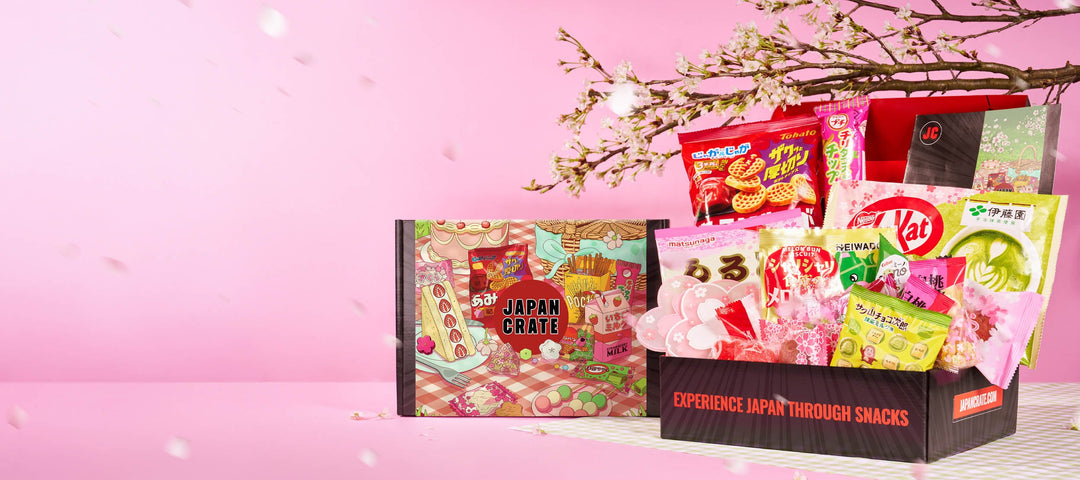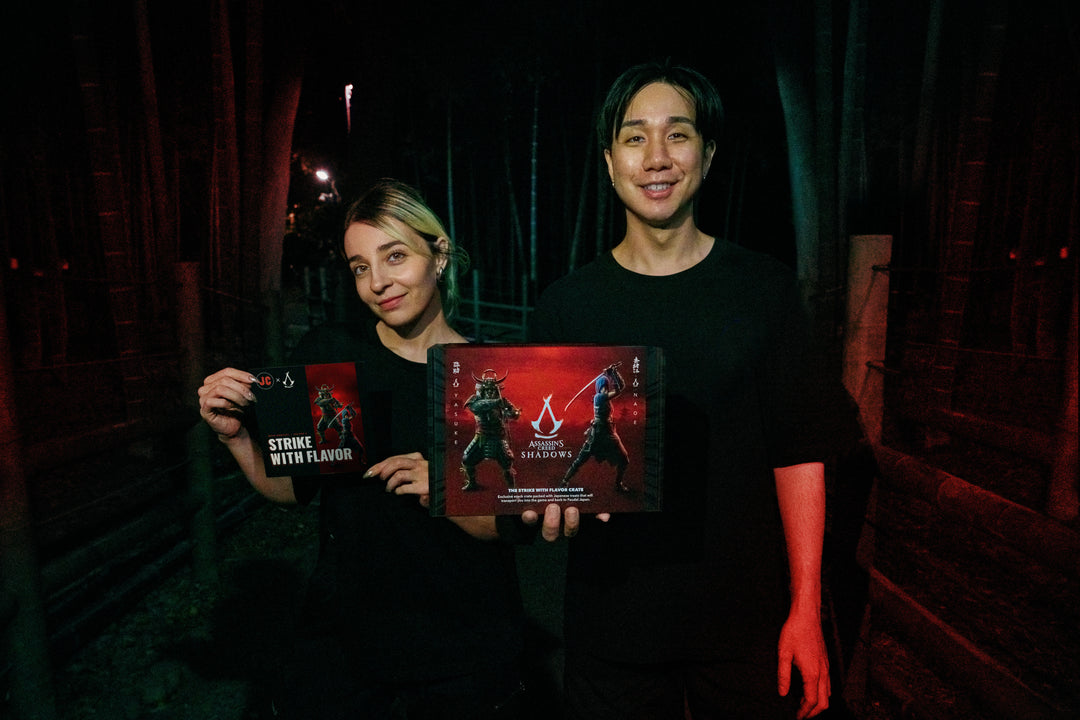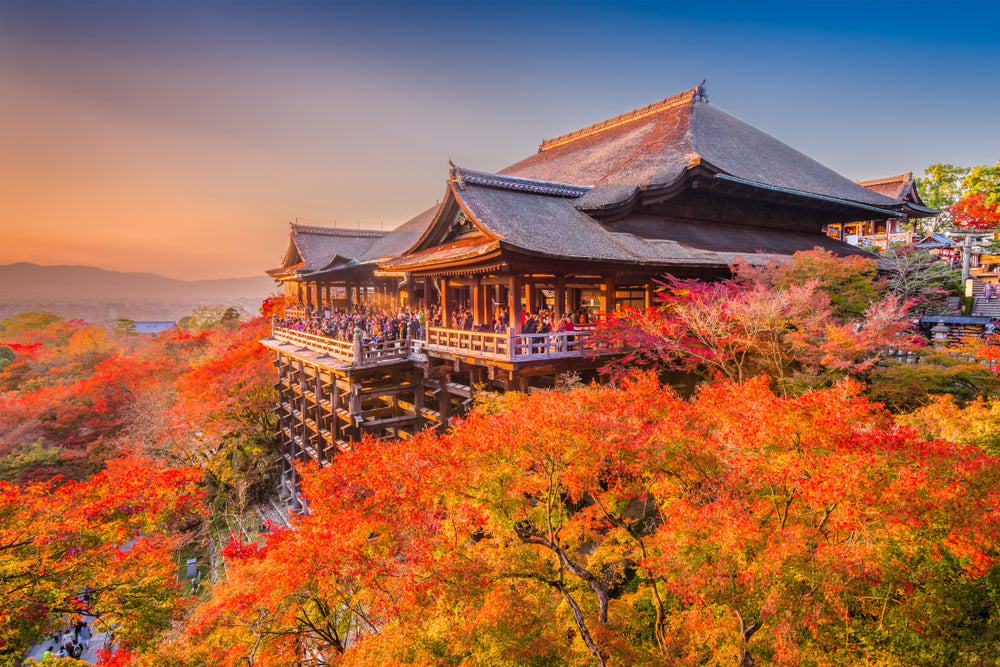An ultimate guide to Okonomiyaki
Japanese food has indeed become incredibly popular worldwide, and no other nation offers the same variety as Japan. Japanese cuisine offers some of the broadest variety in the world because each region may customize each dish to be distinctly its own, and traditional Okonomiyaki street snack is no different. Okonomiyaki is one of the unique snacks you can only find in Japan. Luckily enough, you can make okonomiyaki in the comfort of your home!
Just combine all of your favorite ingredients, add batter, and turn the mixture into a pancake. You now have okonomiyaki! Well, not precisely, but if you use the same cooking technique and ingredients like octopus, shrimp, pork, yam, or kimchi, you may make this popular Japanese street snack. The savory okonomiyaki pancake offered a full meal tailored to your palate and sprinkled with mayonnaise and sweet okonomiyaki sauce. Find the ideal combination of ingredients and let okonomiyaki live up to its name, which exactly translates to "what you want," as "okonomi" means and "yaki" means "grilled." Read on and learn more about this most intriguing Japanese snack, Okonomiyaki Japanese Cabbage pancake!
What is Okonomiyaki?

A popular pan-fried meal called okonomiyaki, sometimes called "Japanese Pizza," is made of batter and cabbage. Adding particular toppings and ingredients can vary substantially from meat and seafood to wasabi and cheese. The name of the dish, "okonomi," which literally translates to "to one's pleasure," reflects this flexibility. Although the meal is accessible throughout Japan, Hiroshima, and Osaka are where it is most well-known.
Okonomiyaki isn't fluffy or sweet like a traditional sweet pancake. Various proteins have been cooked into the batter to create a dense, savory pancake. Its ingredients include flour, eggs, tempura crumbs, cabbage, and slices of pork belly. Additionally, a variety of sauces and toppings, including okonomiyaki sauce, Japanese mayonnaise, dried seaweed, and dried bonito flakes, are added on top. This recipe is fairly flexible if you don't eat pork or would rather have another protein option. In fact, there are countless options for mix-ins on the menus of okonomiyaki restaurants in Japan, ranging from chopped shrimp and thinly sliced pork to mochi, fresh corn, Chinese sausage, and even cheese. Before being pan-fried on a grill, the toppings and batter are combined. The result is an attractive golden-brown and crunchy okonomiyaki snack.
Where does Okonomiyaki Come From?

Okonomiyaki was first invented in Osaka, Japan, in the late 1930s, where it later developed and became well-known. Okonomiyaki, which resembles crepes, first appeared during the Edo period (1683–1868), when they were served as a special treat during Buddhist rituals called Funoyaki. In Hiroshima at the time, a similar crepe-like treat topped with onions folded over and served to children as a snack was common. Moreover, in response to the war's shortage of rice and the need for residents to get inventive with other, more readily accessible materials, okonomiyaki, in all its forms, began to gain popularity. The plain wheat pancake was adequate, and both before and after the war, people started to add extras like eggs, pork, and shredded cabbage that gave way to the variety of Okonomiyaki offered by street vendors.
What are the 2 types of Okonomiyaki?

Okonomiyaki comes in two varieties. The first is the Hiroshima style okonomiyaki, and the second is the Kansai style, which is also known as the Osaka style okonomiyaki. Both are delectable and savory. The main distinction between these locations in Japan is how the batter and toppings are added, but the basic idea of okonomiyaki is the same. For the Hiroshima Okonomiyaki, the batter is fried before the thin pancake is topped with various items, including cabbage, meat, fish, and more. In addition, the Hiroshima-style okonomiyaki includes yakisoba noodles and fried eggs. At the same time, the majority of the components in the Kansai Okonomiyaki are combined with the batter before being fried, making it a thicker crust. Typically, the sauce is added on top.
What are the Main Ingredients of Okonomiyaki?
A few ingredients are required to make outstanding okonomiyaki. These ingredients will make a flavorful version that other versions will not taste nearly as well. Not all of them are available in stores. However, if you don't care about having the authentic Okonomiyaki flavor, you can omit some of the ingredients. Here are the main ingredients for making okonomiyaki are listed below.
1. Nagaimo

Numerous okonomiyaki batter recipes exist, some of which blend wheat and rice flour, others which include baking powder. However, the main element in making sure your okonomiyaki isn't a doughy pancake is a Japanese long yam (nagaimo) or mountain yam (yamaimo). The yam needs to be grated. The grated yam is very slimy and gooey while it is raw, but when it is cooked, it makes the batter fluffier and savory pancake volume! Nagaimo/yamaimo can be found in most Japanese and Asian grocery stores.
2. Tenkasu (Tempura Bits)

The tempura scraps are common ingredients to okonomiyaki batter, especially in Osaka, to help make the batter fluffier. Despite this ingredient being undoubtedly unhealthy, many in Osaka assert that it is one of the most vital after Nagaimo and Yamaimo. If you can't find a bag of tenkasu, you can use the remaining batter to make your own tempura scraps. Simply drop the batter into the heated oil and remove it when it turns golden brown. Asian shrimp snacks or Kappa Ebisen are also suitable alternatives.
3. Okonomiyaki Sauce

The sauce plays a major role in the okonomiyaki flavor. Making your own okonomiyaki sauce at home is simple, and you probably already have the ingredients on hand. In fact, if you already have yakisoba sauce or tonkatsu soy sauce on hand, feel free to use those instead. Worcestershire sauce or Bull dog sauce that vegan can also be used. Although it is fully vegetarian version or plant-based, the ingredient list is quite close to traditional okonomiyaki sauce. This recipe is amazing with its sweet umami flavor.
4. Japanese Mayonnaise

Japanese Kewpie mayonnaise is recommended because it has a distinct flavor from regular mayonnaise. Because rice vinegar is used in its production, it perfectly complements Japanese flavors. You can occasionally buy it online, from Asian grocers, or from well-stocked supermarkets' international aisles. You can also make your own Japanese mayo at home.
5. Katsuobushi (Dried Bonito Flakes)

Katsuobushi is a shaved flake of fermented and smoked bonito. This extremely umami-rich ingredient is used to make dashi or Japanese stock for miso soup and all kinds of Japanese dishes. The umami flavor of katsuobushi is incredible and not "fishy," as the aroma suggests. These flakes are so thin they dance with the steam when you sprinkle them on top of the okonomiyaki.
6. Aonori (Dried Green Seaweed)

Aonori is a flake or powder made from dried green seaweed. This umami-rich seaweed has a distinctive scent and a vivid, vibrant green color. With the addition of finely chopped seaweed gives the dish a lovely color, and the umami flavor really elevates this dish.
7. Red Pickled Ginger

Pickled red ginger, also known as beni-shoga, a vibrantly colored pickled ginger with shiso and mountain plum flavors, is frequently used as a topping for finished pancakes. This ingredient can also be added directly to the batter for taste. It provides crunch and a tinge of sour flavor. It is becoming available at normal supermarkets, especially in the local Asian market or Japanese grocery stores.
8. Shredded Cabbage

Shredded cabbage is used more frequently and combined with the Osaka okonomiyaki-style batter. It matters a lot how you shred it and how big your cabbage is. The chopped cabbage would grow soggy during cooking if not done correctly. Even after being thoroughly cooked, it will still be crisp like cabbage. Therefore, it must be carefully chopped in a food processor or with a sharp knife for about 3 cm or 1.2 in long.
9. Dashi Powder

Dashi Powder can be used much more quickly and only requires a tiny amount to flavor the batter. You can use dashi powder for dashi stock to add umami flavor to the batter and makes a savoury pancake. You can also produce your own dashi stock at home if you have the time.
10. Okonomiyaki Flour

Okonomiyaki Flour (Mix) is available in bags at Japanese or Asian groceries. To prepare okonomiyaki batter, simply combine the okonomiyaki flour, water, and eggs, just like you would for pancake batter. Other ingredients, such as finely chopped napa cabbage, must still be prepared and added if you like.
How to Cook Okonomiyaki?

Ingredients:
-
finely shredded small head cabbage
-
thinly sliced scallions or spring onion
-
Beni-shoga (Japanese pickled red ginger)
-
Katsuobushi
-
Nagaimo or yamaimo, peeled and grated
-
2 large eggs
-
8 to 10 thin slices of pork belly
-
Vegetable oil
-
Aonori, okonomiyaki sauce, and Kewpie mayonnaise, for serving
Cooking Tips and Instructions
-
Gather all the ingredients.
-
Add baking powder, all-purpose flour, plain flour, salt, and sugar to a bowl. Then peel and grate the nagaimo in a small bowl. Be careful to maintain a strong grip on the nagaimo if you're using kitchen gloves because it is rather sticky and slippery. Add some dashi to the bowl along with some grated nagaimo. Mix thoroughly.
-
Wrap the mixture in plastic wrap and put it in the refrigerator for at least an hour. When the batter is rested, it enhances the flavor, relaxes the gluten-free batter, and the okonomiyaki finished pancake becomes fluffier. In fact, in certain okonomiyaki restaurants, the batter is chilled overnight. While waiting, you can make the okonomiyaki sauce and prepare other ingredients.
-
Remove the batter from the refrigerator after one hour. Then, in a large bowl, combine the cabbage, whites, and greens of the scallions, the beni-shoga, the katsuobushi, the yamaimo, the eggs, and the water or dashi. A thick batter will incorporate air bubbles after vigorously beating while stirring with a fork. Place aside.
-
If using pork belly, spread the pork belly evenly across the bottom of a 10-inch nonstick skillet and place it over medium heat. However, shimmer vegetable oil in a pan over medium heat if you are not using pork belly.
-
Add the okonomiyaki cabbage mixture to the hot oil frying pan (400°F or 200°C) and spread it out evenly on the pan with a fork. If you've never made an okonomiyaki before, make it thinner and smaller so that it would be simpler to flip.
-
Cook with the cover on, occasionally shaking the pan, until the bottom layer is crisp and well-browned. If the cabbage appears to be burning after about 10 minutes, reduce the heat as necessary. To maintain its shape and keep the okonomiyaki together, gently press it. Cook for five more minutes with the lid on.
-
Flip it over once the bottom side has been beautifully browned. Return to fire, cover, and cook, gently shaking, for a further 8 minutes, or until both sides are browned, and the middle of the okonomiyaki is no longer runny but still custardy and tender. Repeat the process with the remaining mixture, cleaning the skillet as you go and adding extra oil as necessary.
-
Transfer to a serving platter. Add okonomi sauce or oyster sauce and Japanese mayonnaise in zigzag patterns, then top with aonori, remaining beni-shoga, katsuobushi, and the last of the green onion. Serve immediately.
This is only a basic Okonomiyaki recipe. You can always add diced shrimp, thinly sliced Chinese sausage, corn kernels, and any other vegetables you wish to shred or chop. Hot okonomiyaki has a flavor that is savory, smokey, spicy (from pickled ginger), and a sweet taste that is beautifully intricate. It has a wonderfully creamy, crunchy texture. Okonomiyaki offers a uniquely Japanese flavor with a combination of different ingredients and toppings that you will surely love to nibble.
It's Japan Crate Time!
Go to the nearest market now and get all the ingredients you need to make your own version of Okonomiyaki and experience a flavor of Japan! And if you really want to discover more about Japanese food and snack culture, visit Japan Crate now! One of the top subscription boxes in Japan, Japan Crate allows you to enjoy the culture of Japanese snacks in the comfort of your own home. Limited-edition, trendy, and seasonal Japanese goods are available from Japan Crate, all packaged in an exciting surprise box. Get your very own Japan crate right away! Enjoy!
Author Bio







Leave a comment